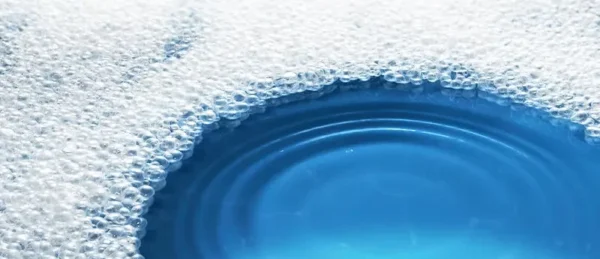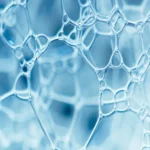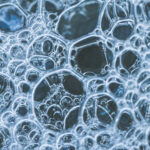فهرست محتوا
- 1 What is a Polymer Anti-Foam?
- 2 Applications of Polymer Anti-Foam
- 3 Advantages and Disadvantages of Using Polymer Anti-Foam
- 4 Conclusion
- 4.0.1 1. What is polymeric antifoam and how does it work?
- 4.0.2 2. Which industries use polymeric antifoam the most?
- 4.0.3 3. What are the benefits of using polymeric antifoam?
- 4.0.4 4. Are there any limitations to using polymeric antifoam?
- 4.0.5 5. How can the right type of polymeric antifoam be selected?
What is a Polymer Anti-Foam?
Polymer anti-foams are a category of defoamers that, due to the molecular structure and special characteristics of polymers, are highly effective in controlling and eliminating foam in industrial processes. Foam, which is created by the accumulation of gas bubbles in liquids, can cause significant issues in various industries. These issues include reduced efficiency in production processes, disruption in heat transfer, delays in processing time, and even damage to equipment. The use of polymer-based defoamers as an effective solution to combat these issues, especially in industries requiring precise foam control, has gained widespread attention. Bonyan Shimi is a manufacturer of anti-foam products for industries.
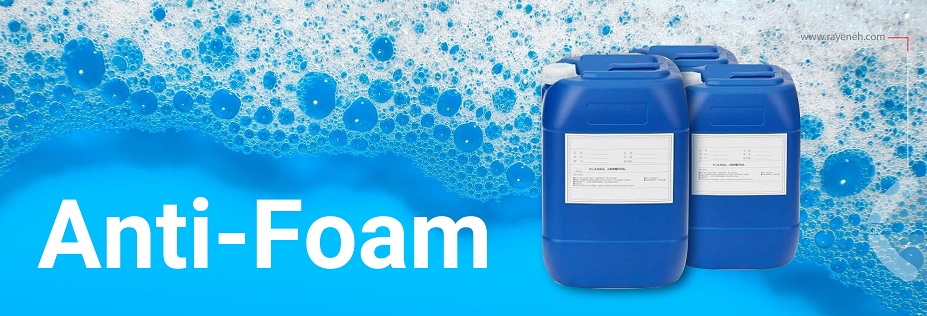
Due to their unique chemical structure, polymers exhibit characteristics such as flexibility, thermal stability, and high chemical compatibility. These features enable polymer anti-foams to perform effectively across a wide range of operating conditions, including high temperatures and aggressive chemical environments. Unlike silicone-based or mineral oil-based defoamers, polymer defoamers are generally more environmentally friendly and can be used in systems that require high material purity. If you’re looking for the best silicone anti-foam, you can visit Bonyan Shimi.
Polymer anti-foams work by reducing the surface tension of liquids and destabilizing gas bubbles, thereby preventing foam formation or eliminating existing foam. These materials are typically offered as polymer solutions or water-based emulsions and, due to the high molecular weight of polymers, have long-lasting retention in systems and continuous performance in foam removal.
Applications of Polymer Anti-Foam
Polymer anti-foams have a wide range of applications across various industries due to their unique properties. Below, we explore the primary applications of polymer defoamers along with related explanations:
Chemical Industry
In the chemical industry, especially in the production of paints, resins, adhesives, and other chemical products, foam can cause issues such as equipment blockage, reduced reaction rates, and lower final product quality. Polymer anti-foams help improve production efficiency by preventing foam formation and reducing bubble stability. These materials are also widely used in many chemical processes due to their high resistance to various thermal and chemical conditions.
Food and Beverage Industry
In the food and beverage industry, the use of polymer defoamers is very common. These materials are used to control foam in processes such as the production of carbonated beverages, dairy products, sauces, and canned goods. Polymer defoamers are a suitable choice for this industry due to their compatibility with food products and their ability to prevent unwanted flavors and odors. They also help maintain uniformity and quality in food products.
Pharmaceutical Industry
In pharmaceutical manufacturing processes, especially in the production of antibiotics and biotechnology products, foam formation can reduce product efficiency and purity. Due to their high purity and non-interference with active pharmaceutical ingredients, polymer anti-foams are widely used in this industry. These materials help reduce foam during various stages of production, including fermentation and purification, and lead to improved quality and performance of pharmaceutical products.
Water and Wastewater Treatment
In water and wastewater treatment processes, foam can hinder sedimentation, filtration, and gas exchange operations. Polymer anti-foams prevent foam formation in these systems, enhancing treatment efficiency and reducing operational costs. These materials are also widely used in industrial and municipal treatment plants, especially in stages that require rapid foam separation.
Polymer Anti-Foam
In the oil and gas industries, foam can create serious problems in drilling, transportation, and refining processes. Due to their resistance to temperature and harsh environmental conditions, polymer anti-foams are highly effective for foam control in these industries. They help prevent foam formation during drilling, oil and gas transportation, and in crude oil processing units and refineries.
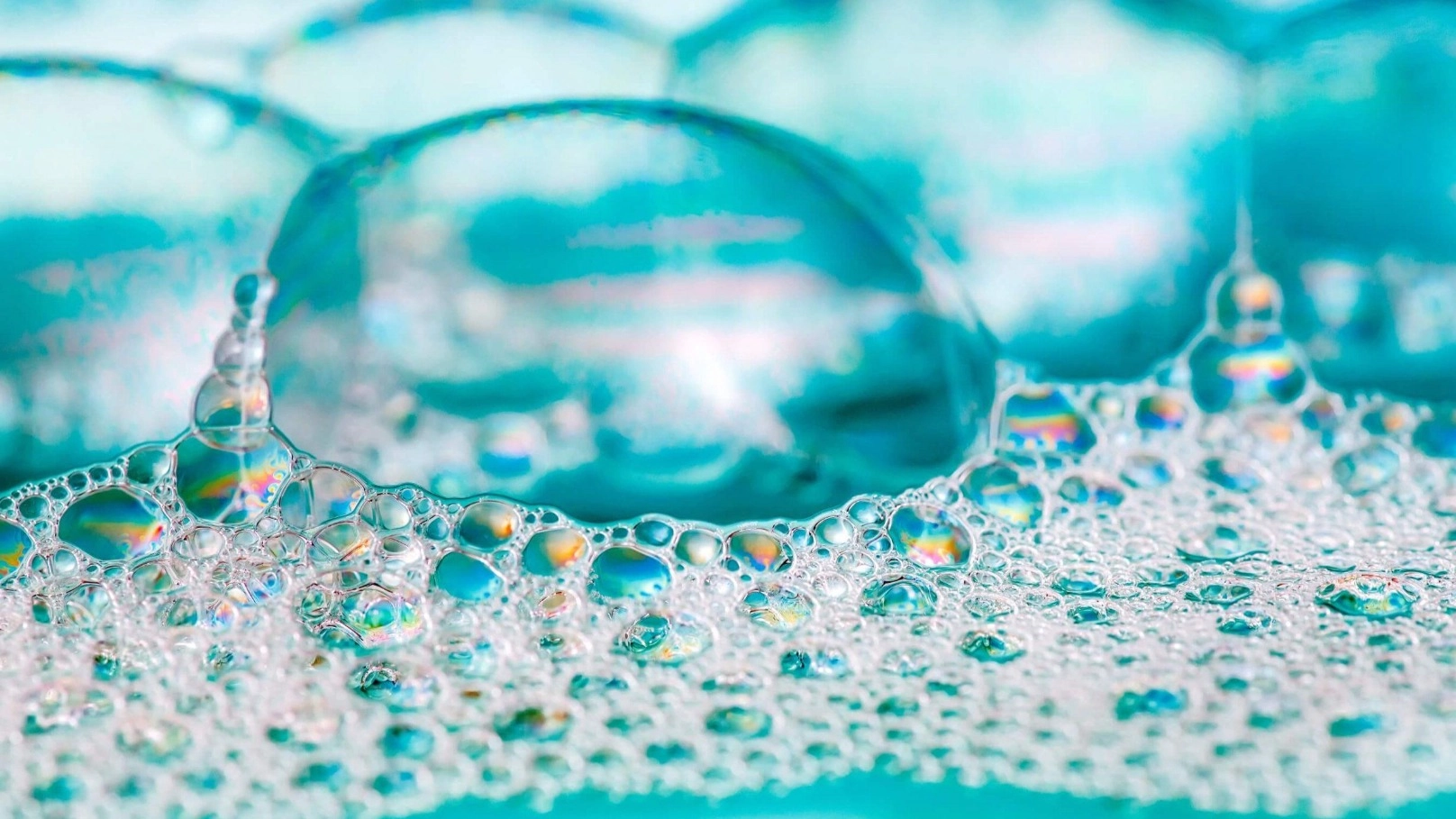
Pulp and Paper Industry
In paper and pulp production, foam can cause defects in paper structure and reduce final product quality. Polymer anti-foams help improve product quality and uniformity by preventing foam formation in various production stages, including pulp tanks and paper production machines. Also, using polymer anti-foams can reduce production costs by minimizing material waste and increasing process efficiency.
Detergent Manufacturing
In detergent manufacturing, foam can cause issues such as rapid tank filling and reduced production speed. Polymer anti-foams help increase process efficiency and improve the quality of final products by controlling foam during the manufacturing and packaging of detergents. These materials are also effective in preventing foam during end-user application of cleaning products.
Overall, due to their high performance, environmental compatibility, and usability in various conditions, polymer anti-foams are widely used in different industries and contribute to improved efficiency, cost reduction, and enhanced final product quality.
Advantages and Disadvantages of Using Polymer Anti-Foam
Due to their specific features and performance, polymer anti-foams are widely used in many industries. However, like any material, their use has both advantages and disadvantages, which are discussed below:
Advantages:
- High Efficiency in Foam Elimination: Due to their special molecular structure, polymer anti-foams have high capability in reducing and eliminating foam. These materials can quickly and effectively destroy foam and prevent its reformation.
- Thermal and Chemical Stability: These anti-foams are highly resistant to high temperatures and aggressive chemical environments. Therefore, they perform well in a wide range of processes and operating conditions.
- Environmental Compatibility: Some polymer defoamers are superior to traditional defoamers in terms of environmental friendliness due to their higher biodegradability and lack of environmental pollution. This is particularly important in industries with strict environmental standards.
- No Effect on Final Product Properties: Polymer anti-foams generally do not affect the physical and chemical properties of the final products. This advantage is especially significant in industries like food and pharmaceuticals where product quality and purity are crucial.
- Reduced Consumption and Costs: Due to their high efficiency, less polymer anti-foam is usually needed to achieve desired results. This feature can lead to reduced operational costs and chemical usage in production processes.
Disadvantages:
- Higher Cost: Due to more complex production processes and specialized raw materials, polymer anti-foams are usually more expensive than other types. This may increase the initial cost of use.
- Accumulation in Systems: In some cases, polymer defoamers may accumulate in the system, leading to issues such as sediment formation and pipeline blockage. This problem may require more frequent cleaning and maintenance.
- Limited Biodegradability: Some polymer anti-foams may not be fully biodegradable. This can raise concerns about their long-term environmental impact.
- Need for Precise Dosage Adjustment: To achieve optimal performance, accurate dosing of polymer defoamers is essential. Incorrect dosing may result in reduced effectiveness or issues such as sediment formation.
- Compatibility with Other Materials: In some cases, polymer anti-foams may be incompatible with other chemicals used in processes. This may reduce their efficiency or cause unwanted reactions.
Overall, while polymer anti-foams offer significant advantages, a careful assessment of operational conditions and specific process requirements is necessary to make the most of them and avoid potential issues.
Conclusion
Polymeric antifoams play a crucial role as one of the important tools in controlling and eliminating foam in industrial processes. These materials, with their unique chemical and physical properties, have found widespread use in various industries such as chemicals, food, pharmaceuticals, oil and gas, and water treatment. Benefits such as high efficiency, stability under harsh conditions, and environmental compatibility have made polymeric antifoams one of the main options in foam management.
However, the use of these materials requires a complete understanding of operational conditions and precise selection of the type of antifoam suitable for the specific needs of each industry. Considering initial costs, fine-tuning of the consumption dose, and ensuring compatibility with other chemicals are among the factors that must be considered for the successful use of polymeric antifoam.
In conclusion, despite some challenges, polymeric antifoams continue to be recognized as an effective and sustainable solution for foam management in various industries due to their reliable performance and long-term benefits. They contribute to improving process efficiency and maintaining the quality of final products.

